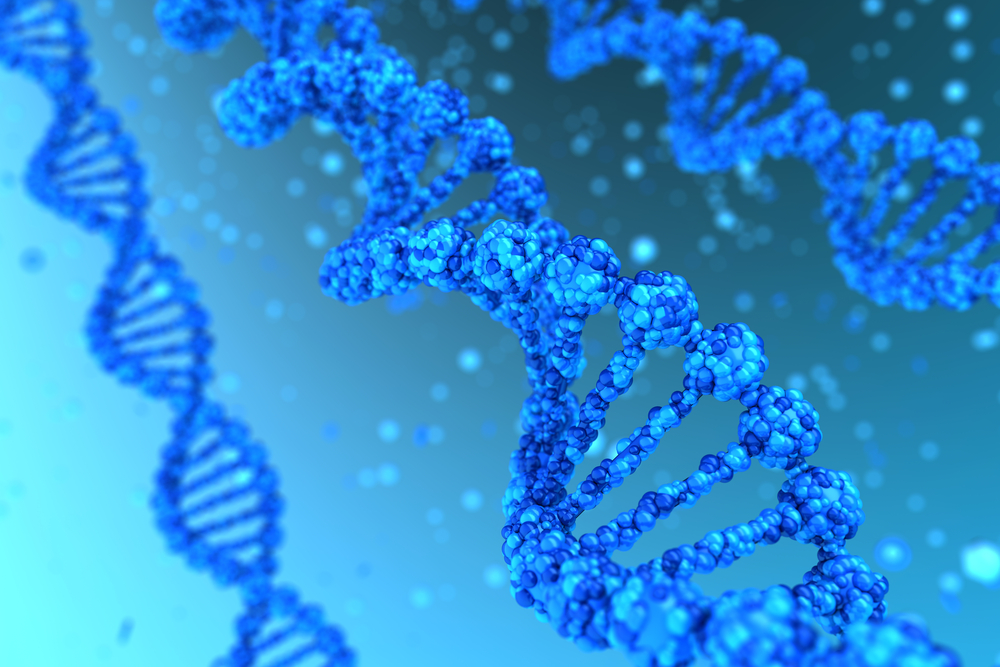Cases of Late Infantile Batten Disease and Their Genetic Mutations Discovered by Researchers in Saudi Arabia

Two new mutations in the DNA sequences of children with late infantile Batten disease, a type of neuronal ceroid lipofuscinoses (NCL), have been found by researchers in Saudi Arabia.
The study with that finding, “Neuronal ceroid lipofuscinoses type 8: Expanding genotype/ phenotype diversity-first report from Saudi Arabia,” was published in Neurosciences.
Batten disease refers to a group of rare inherited neurological conditions that includes 14 known forms, from CLN1 to CLN14. Each form varies in age at symptom onset (at birth, during childhood or adulthood) and is caused by distinct genetic mutations.
CLN8 disease, a type of late infantile Batten disease, is caused by a deficiency in the CLN8 gene. The function of the CLN8 protein is unknown, but it appears to reside in a cell structure called the endoplasmic reticulum (ER), which generates much of the cells’ proteins and lipids and may play a role in processing ceramides (a family of lipids that make up the membranes of cells).
CLN8 disease can be further divided into two different sub-types: epilepsy progressive with mental retardation (EPMR) and variant late infantile-NCL (vLI-NCL), with patients classified according to their symptoms.
Three patients of Arabic ethnicity, belonging to two unrelated families, were studied based on clinical observations and metabolic tests (such as blood tests and liver function). Magnetic resonance imaging (MRI) — a medical imaging technique that creates detailed images of the organs and tissues in the body — was used to analyze patients’ brains. Two of the patients, one from each family, also had DNA samples tested for mutations.
The first patient, a boy, had normal development until age 2, after which he began having seizures that progressively increased in frequency during the next two years. The patient’s seizures were resistant to high doses of two anti-epileptic medicines, namely Depakote (valproic acid) and Keppra (levetiracetam).
By age 3 he began regressing in cognition, speech, vision and motor function. He progressively became incontinent and developed spastic quadriplegia with ataxic movements (muscle stiffness in all four limbs).
The second patient, a girl, exhibited global developmental delays, mainly with speech and gross motor skills. By age 2 she began to experience seizures and an ataxic gait (failure of coordination) and falls. The patient’s seizures were refractory, even though she was treated with high doses of three antiepileptic medicines, including phenobarbitone, Depakote and Keppra.
Subsequently, she began to regress in terms of motor skills, cognition, speech, and vision, developing spastic quadriplegia at. age 4
The third patient, a boy, was the older brother of the second patient. By age 7 he experienced developmental regression, ataxia with frequent falls, and seizures. He also had spastic quadriplegia, was bedridden and fed through a gastrostomy tube. He was the only patient who did not have a genetic test (he died before genetic testing could be done).
Brain MRI in all patients revealed cerebellar atrophy, a common finding among NCL patients.
Genetic testing revealed the children had mutations in the CLN8 gene, so they were diagnosed as having CLN8 disease. One patient had a homozygous deletion in exon 1 (the part of the gene that provides instructions for making a protein) of the CLN8 gene, while the second patient had a homozygous mutation in exon 2.
The type of mutation found in both children was homozygous , which means there are mutations present in both copies of the gene — the copy inherited from the mother and the copy from the father.
This type of mutation is more common when the parents are closely related. The children in this study were all from first-degree consanguineous marriages (marriage between close blood relatives such as siblings), which is more common in Arabic regions.
The children in this study were classified as having the specific vLI-NCL subset of CLN8 disease, as their symptoms were similar to other vLI-NCL cases. The discovery of these two new types of mutations adds to what it already known about CLN8 disease.
The authors said their study was unique in that, upon reviewing patients’ stories, they noted both families reported multiple miscarriages in the second and third trimesters of pregnancies. One family also reported early deaths during the first few months of life without an obvious explanation. This is the first-time miscarriages and early deaths have been associated with CLN8 disease.
“We emphasize the importance of early recognition, diagnosis, and counseling in NCL patients, particularly in Arabic regions with a high rate of consanguineous marriages, especially with the recent advances in the use of antisense oligonucleotide medication as a possible treatment modality for NCL type8 in the future” the researchers concluded.





